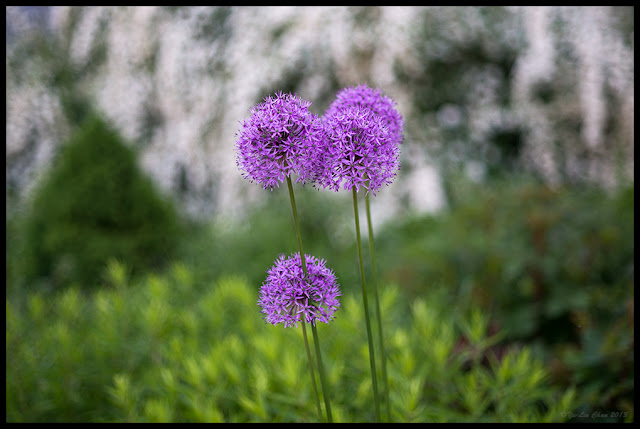Buying used of anything comes with its associated risks. We don't know what the previous owner(s) did to them. They could have abused them, or took very good care of them. We simply don't know. Fortunately, this part of the risk is relatively low, as we can usually test it before buying. The most risky aspect is the actual repair of very old auto focus lenses.
Once a lens is discontinued by the manufacturer, they might make a run of the most commonly used parts for the discontinued lens, that would enough for repairs for about 10 years. If the parts are used up, you are SOL. So, those 200mm f1.8L, first generation 300mm f2.8L, 400mm f2.8L, etc, are usually not even repairable any more, because parts are no longer available. Sometimes, I think manufacturers do this because they want us to buy their latest replacement lens, which cost 2x to 3x more expensive than the old one.
In the case of my 200mm f1.8L, the lens can still take pictures, but at the fixed distance, whatever it was when it stopped working. The sad thing about this particular lens, is that once AF is lost, you can not manual focus either. Just imagine for a moment, your $4000 lens, still one of the best out there, looks pretty, but now useless, because you can't even focus it manually. Many of Canon's USM lenses are like this; it would not work once AF is shot.
So, what do you do with an expensive, but non-functional lens? Hang it on the wall like a 3-D art object? Pray to the lens god everyday, and hope it would start working again? Or sell it for next to nothing? There is something that can be done about lenses like this one.
I once read about a Chinese Si Foo (master) who does lens conversion, and he made a sea water damaged EF 85mm f1.2L into a manual focus lens. You can read about it here. It's definitely not an attempt for the faint of heart, or the casual DIY type. Extensive surgery is required. I think the same thing can be done for the EF 200mm f1.8L, but no one knows until some brave soul tries it.
So, tomorrow I will go pick up the 200mm f1.8L, put it in the case, and wait for some miracle to happen.
William. This is one of my favourite pictures from the 200mm f1.8L. Taken with Canon T2i, ISO 6400 @ f1.8



















































